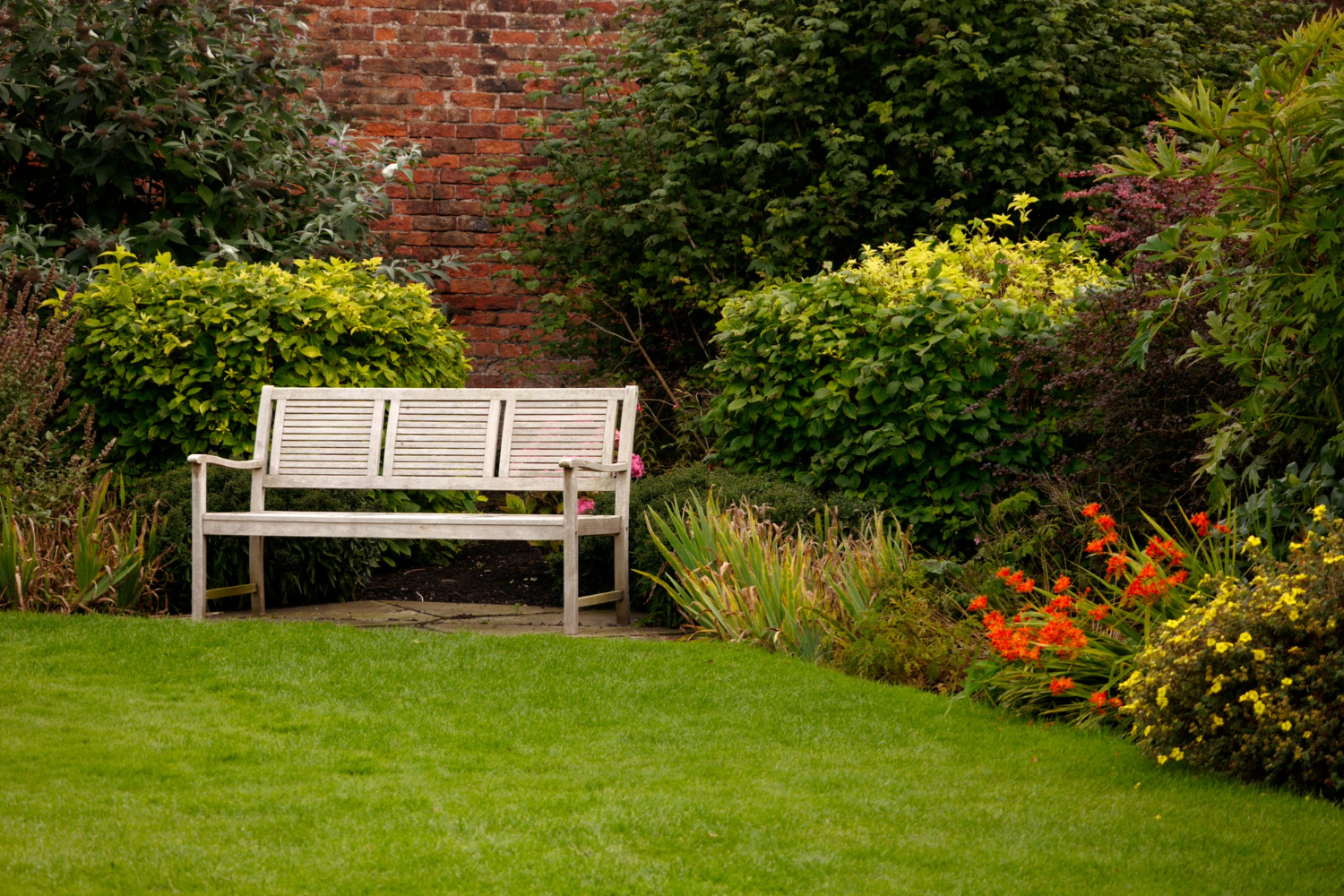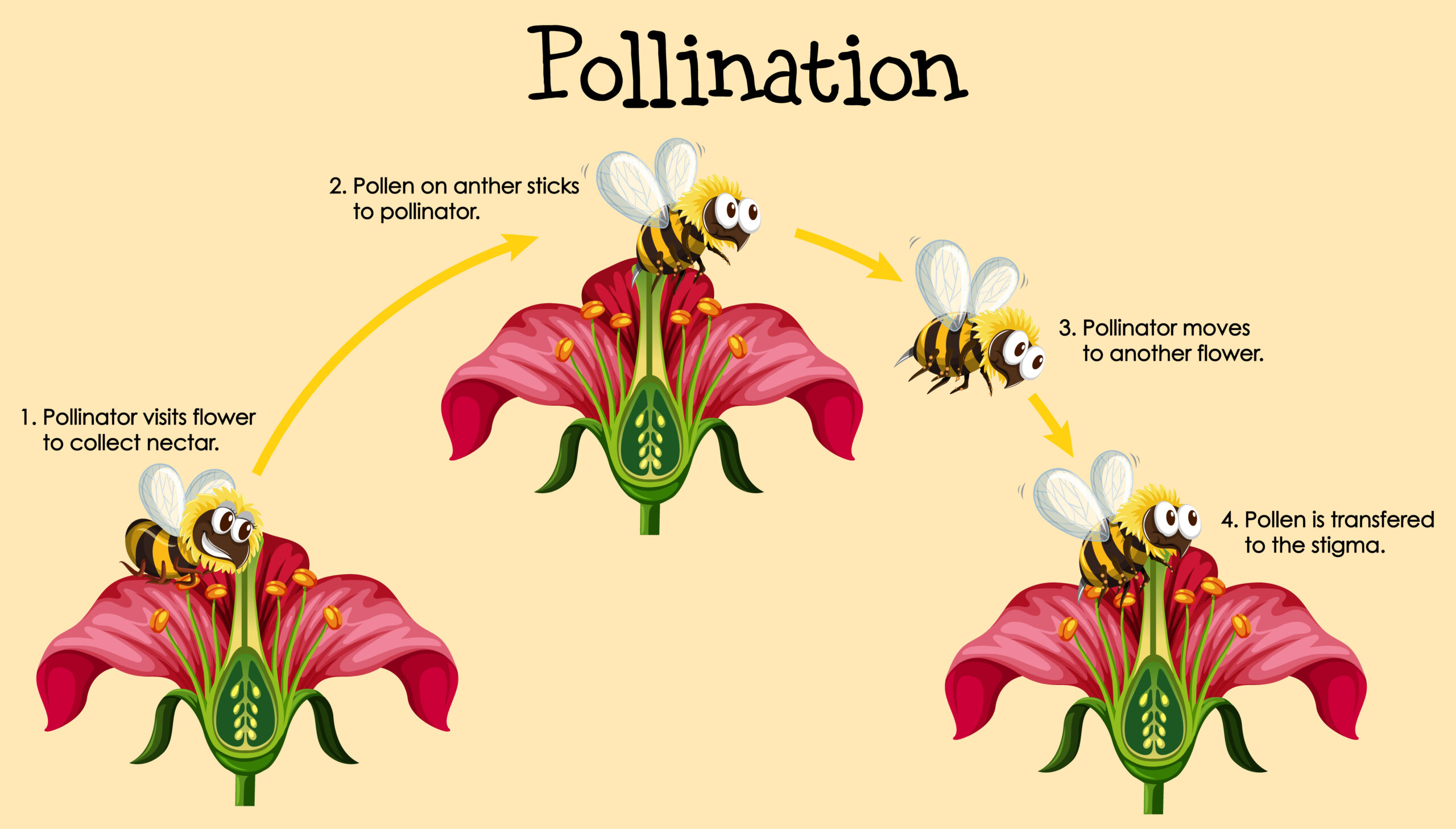Are you looking for a way to enhance the beauty and productivity of your home garden? Have you ever considered the mysterious and magical world of moon gardening?
This ancient practice has been used for centuries to optimize plant growth and health and can be easily incorporated into your own gardening routine.
Moon gardening is based on the idea that the phases of the moon can influence the growth and vitality of plants. By planting and caring for your garden based on the lunar cycles, you can improve the quality and yield of your crops, as well as create a tranquil and enchanting atmosphere in your outdoor space.
In this guide, we will explore the science behind moon gardening, provide tips for planning and designing your own moon garden, and share techniques for caring for your plants based on the lunar phases.
Let’s unlock the magic of moon gardening together!
The Science Behind Moon Gardening
Understanding the lunar cycle’s impact on plant growth is rooted in scientific research and can lead to more successful and efficient cultivation practices.
Lunar influences on gardening have been studied for centuries and have been found to affect plant growth in various ways. The gravitational pull of the moon affects water levels in the soil, which can impact the way plants absorb nutrients. Likewise, the phases of the moon can impact the germination of seeds, the growth of plants, and the harvest of crops.
Many gardeners have found that following lunar cycles can lead to gardening benefits, such as increased yields, stronger plants, and healthier soil. For example, planting during the waxing moon, which is the period of the lunar cycle when the moon is increasing in size, has been found to lead to stronger root development. Similarly, planting during the waning moon, when the moon is decreasing in size, has been found to lead to better fruit and flower production.
By understanding the science behind lunar gardening, home gardeners can use this knowledge to create a more productive and successful garden.
Understanding Lunar Phases and Planting Cycles
You won’t believe how much easier and more productive your planting will be when you work with the phases of the moon! Understanding lunar phases and planting cycles is essential when it comes to moon gardening.
The lunar cycle has a significant impact on plant growth and development. By planning your planting schedule based on the moon’s phases, you can achieve better outcomes with less effort.
Moon gardening benefits from the natural rhythms of the moon’s phases. The lunar cycle influences the tides, the weather, and even the human body, so it’s not surprising that it also affects plant growth.
Each lunar phase has a unique energy that affects different parts of the plant. For example, during the waxing moon, the plant’s energy is concentrated on the roots, making it an ideal time for planting root crops.
Understanding the lunar phases and planting cycles can help you make the most of your garden and enjoy better yields with less work. However, moon gardening challenges require some extra planning and effort, like monitoring the lunar calendar and adjusting your planting schedule accordingly.
But the benefits of moon gardening are worth it!
Tips for Planning and Designing Your Moon Garden
Now that you’ve learned about the benefits of planting according to lunar phases, let’s dive into some helpful tips for planning and designing a beautiful and productive garden that reflects your unique style and personality.
First, consider your moon garden plant selection. Choose plants that are known to thrive during each lunar phase, such as leafy greens during the waxing moon and root vegetables during the waning moon. Also, think about which plants will complement each other in terms of colour, texture, and fragrance.
For example, you might plant white flowers for the full moon and blue flowers for the new moon, or mix herbs like lavender and rosemary for a soothing and aromatic garden.
Next, focus on creating a moon garden theme. This can be as simple as incorporating moon-shaped garden ornaments or as elaborate as designing a pathway that resembles the phases of the moon. You might also choose to incorporate elements that reflect your personal connection to the moon, such as a statue of your favourite lunar goddess or a small fountain that mimics the ebb and flow of the tides.
Whatever your theme, be sure to choose materials and decorations that will withstand the elements and enhance the beauty of your garden.
With a little planning and creativity, you can design a moon garden that not only honours the cycles of the moon but also brings joy and tranquillity to your home.
Techniques for Caring for Your Plants Based on Moon Cycles
Take note of which lunar phase your plants are in and adjust your care accordingly, such as watering during the waxing moon and harvesting during the waning moon, which can lead to healthier and more productive plants.
Gardening rituals based on lunar calendars have been practised for centuries and have been shown to have a positive impact on plant growth and yield. During the waxing moon, the energy is focused on growth, so it’s a good time to plant, transplant, fertilize, and water your plants.
The full moon is a good time to harvest herbs and flowers, as they’re at their peak potency. During the waning moon, the energy is focused on the roots, so it’s a good time to prune, weed, and harvest root vegetables.
The last quarter of the waning moon is a good time to plant perennials and shrubs, as it’s a time of rest and renewal. The new moon is a good time to plant seeds, as the energy is focused on new beginnings and growth.
By following these lunar gardening techniques, you can help your plants thrive and create a healthy and productive garden.
Common Myths and Misconceptions About Moon Gardening
Don’t believe the hype surrounding lunar planting; there are many myths and misunderstandings about this technique that gardeners should be aware of.
One of the most common myths about moon gardening is that the phase of the moon affects the growth rate of plants. However, there is no scientific evidence to support this claim. Plants grow based on several factors like soil quality, temperature, moisture, and light exposure, not the phase of the moon.
Another misconception about moon gardening is that it requires complicated calculations and planning. In reality, the basic principle of moon gardening is simple: plant and harvest crops during specific phases of the moon.
This method is based on the gravitational pull of the moon, which affects the movement of fluids in plants. The benefits of moon gardening include better yields, healthier plants, and reduced need for pesticides and fertilizers.
However, it’s important to separate the facts from fiction when it comes to this gardening technique.
Conclusion
Now that you have a thorough understanding of the science and practice of moon gardening, it’s time to put your knowledge into action.
Remember that planning and designing your moon garden is key to its success. Take into consideration the lunar phases and planting cycles, and choose plants that align with your intentions and goals.
As you care for your plants, use techniques that are based on moon cycles. Pay attention to the weather and adjust your gardening accordingly.
And always remember, Rome wasn’t built in a day. Gardening takes time and patience, but with dedication and effort, your moon garden will flourish and bloom.
In conclusion, moon gardening is a magical practice that can bring joy and beauty to your home. So, go ahead and let your green thumb shine!
As the saying goes, ‘the proof of the pudding is in the eating.’ Start your moon garden today and see the results for yourself.










